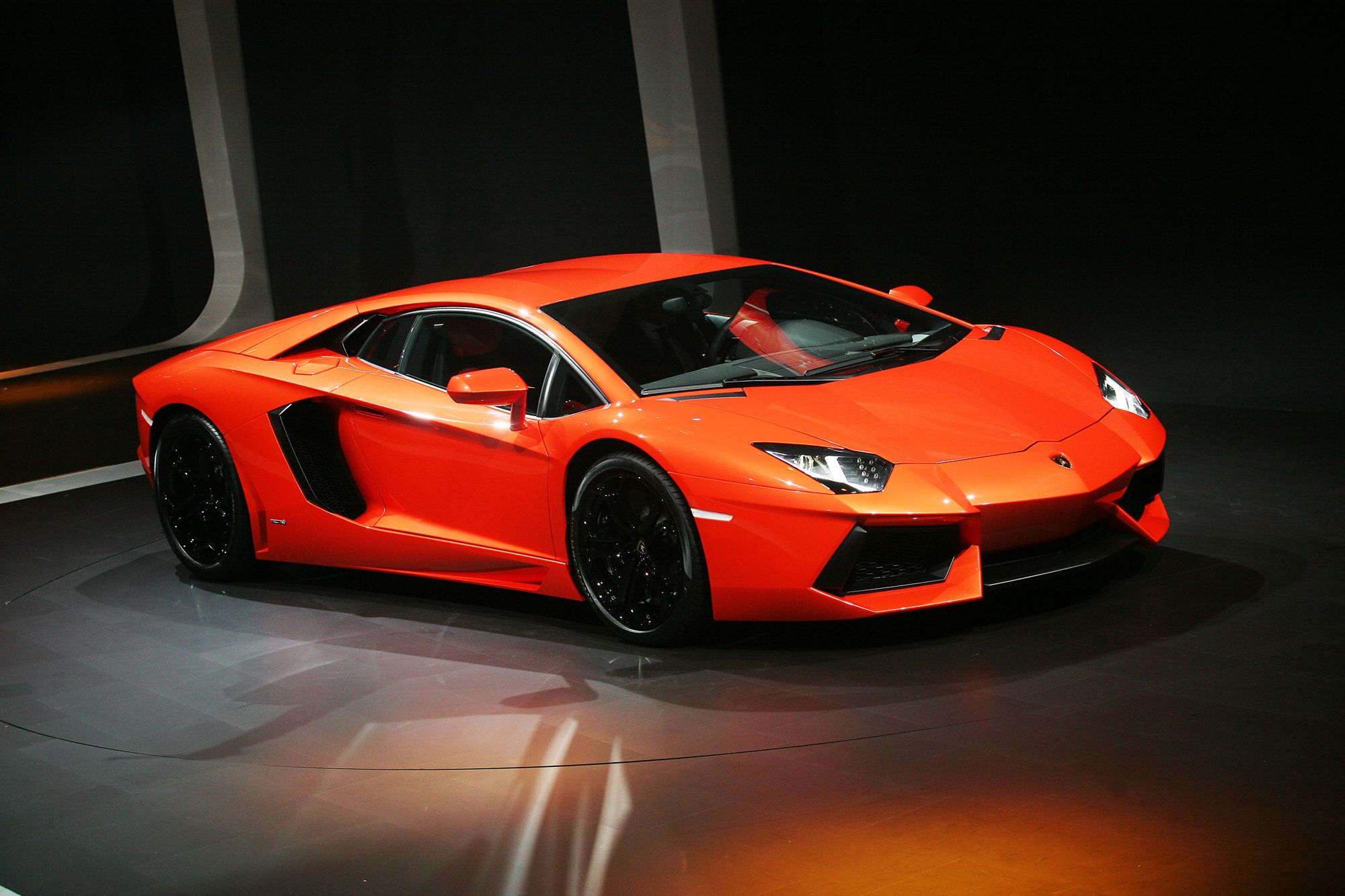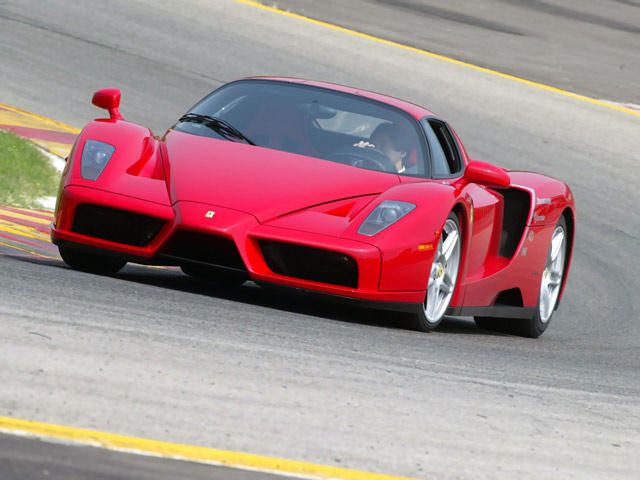
Close your eyes, think of a hybrid and think of a supercar. Chances are slim that you're imagining the same vehicle for both. That's because while hatchbacks, sedans and SUVs are all going hybrid, the top of the performance ladder has remained consistently traditional in its internal-combustion orientation. That's about to change when the latest crop of performance-focused exotic sportscars hit the road in the coming months. And when we say change, we mean in a big way.
The elite strada of supercars represents the very cutting edge of automotive development. At the end of the day, however, they've all been fueled by gasoline and gasoline alone. But no more. The next crop of (what promise to be) record-breaking, time-warping exotic supercars are all incorporating additional electric motors for a hybrid setup in order not only to improve fuel-efficiency and reduce emissions under constricting regulations worldwide, but also to boost performance. These include new flagship models from Ferrari, Porsche, McLaren and Jaguar, with several others to potentially join them soon.
And little wonder. This elite cadre of supercars typically follows developments at the pinnacle of motor racing very closely, and both F1 and Le Mans have begun incorporating performance-oriented hybrid powertrains in recent years. That would explain the upcoming successors to the Ferrari Enzo and McLaren F1, as their manufacturers are as tied to grand prix racing as they are to making sportscars. But the same applies to Porsche and Jaguar, neither of which currently competes in F1 or in Le Mans prototypes. (Jaguar has, however, partnered with Williams F1 in developing the C-X75, and Porsche is preparing to return Le Mans in the coming years.)
As awesome as their performance capacity promises to be, however, the upcoming hypercars from Ferrari, McLaren, Porsche and Jaguar are not the only hybrid sportscars coming soon to market. Honda is developing a new hybrid Acura NSX, and rivals Nissan, Mazda and Toyota are rumored to be considering hybrid successors to the GT-R, RX-7 and Supra, respectively. As are Infiniti and Lexus, with production versions of the Emerg-E and the LF-LC said to be undergoing review. Even Bugatti is reportedly considering a hybrid boost for the next Veyron. And while Mercedes and Audi are developing electric versions of SLS AMG and R8, BMW has chosen a hybrid configuration for its new i8.
The question this all raises, of course, is whether the bulk of the world's automakers represented here are following the right course. Hybrids may be all the rage now, but did Ferrari and Lamborghini switch from supercars to superminis in the '70s when the OPEC crisis hit, or the minivans or crossovers when those became all the rage? Of course not. The difference here, proponents would argue, is that adding electric motors in new supercars doesn't preclude them from raising the bar on performance. And they're right, to a point. Their electric motors provide an extra boost of power, coming in at lower revs from the internal combustion engines to which they're paired.
What that argument doesn't account for, however, is that the added weight which electric motors and their accompanying batteries bring with them are inherently harmful to a car's performance. And at the pinnacle of automotive performance where these supercars live, every ounce counts. The electric boost might offset the added weight in straight-line performance, but a high-performance sportscar isn't made only for the drag strip. Handling, cornering and braking also play huge factors in the time it takes such a vehicle to get around a racetrack or from point A to point B on a twisty mountain road. Having to lug around what amounts to a second powertrain will inevitably have an adverse effect on a car's ability to do so.
Of course this argument may be premature, given that none of the cars in question have hit the road yet. We'll reserve final judgment for when we see how they perform on the road, how they measure up against the models they replace and against conventionally-powered contemporary supercars like the Lamborghini Aventador and Pagani Huayra. But you can bet we'll be watching very closely. (Look for a new editorial piece from CarBuzz Editor-in-Chief Noah Joseph on the first Wednesday of every month.)

